The 2023 Guide to Decentralized Autonomous Organizations

crypto basics
In the world of blockchain and cryptocurrencies, many different terms can be confusing. For example, you’ve probably heard of “decentralized autonomous organizations,” but what are they exactly?
Decentralized autonomous organizations operate without third-party or legal entities, which is why many people prefer them. They operate thanks to blockchain technology, while token holders manage them and make decisions about the entities.
In this article, we’ll explore how decentralized autonomous organizations work on the blockchain to ensure they’re transparent and secure.
So, read on!
What is a Decentralized Autonomous Organization (DAO)?
A DAO is an organization that uses blockchain technology to organize and manage any operation. It can be considered a decentralized organization, autonomous corporation, or distributed enterprise, depending on how you look at it.
Decentralized autonomous organizations are companies that operate on the blockchain. They are autonomous, and token holders. DAO’s primary purpose was decision automation and easier cryptocurrency transactions.
All votes token holders cast are public (displayed on the blockchain), adding to the full transparency of the DAO. This doesn’t mean less security—quite the opposite. If you’re part of the DAO, you will know members value security above everything because millions of dollars are always at stake. However, smart contracts are the ones making this process easier.
Smart contracts are programs that execute when certain conditions are met, and dApps operate thanks to them. They are computer programs that execute on the Ethereum blockchain. They’re designed to enforce the terms of an agreement between two or more parties without any third-party intermediaries or centralized authorities.
The Ethereum network has been running since July 2015, and it was the first platform for decentralized applications (dApps) that run on its own blockchain.
Ethereum is a blockchain platform that allows developers to build dApps. These decentralized applications can be built on top of Ethereum’s blockchain, which uses its native currency, called “Ether (ETH).”
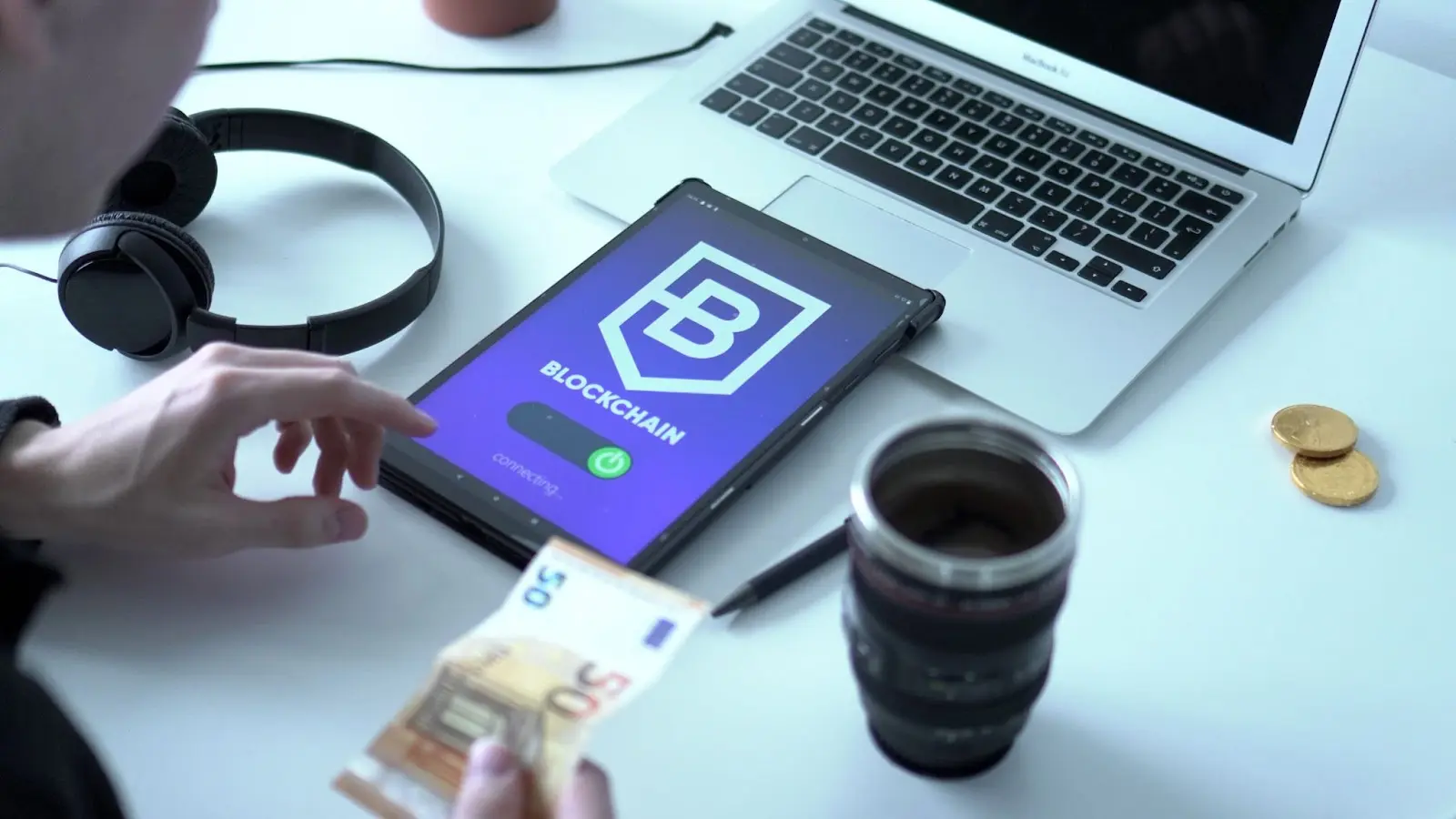
How Do DAOs Work?
A decentralized autonomous organization was created to ensure more freedom and autonomy. DAO took inspiration from cryptocurrency decentralization, seeing the potential token holders can bring with voting and lack of interference from third-party.
DAOs are a type of organization that is run through rules encoded in software. The rules are enforced by a blockchain, with Ethereum being the most notable example. Participants decide the rules by consensus, which can happen on an open network or a private one.
Smart contracts are a key ingredient for DAOs to work—computer programs that act as agreements between parties involved in an enterprise or transaction. These digital contracts set the rules for how things should be done or who gets what share of profits from an operation when certain conditions are met.
For example, when someone sells something online using their cryptocurrency wallet address at checkout time, this triggers another program that automatically sends them, for example, Bitcoins (BTC) after confirming payment has been made.
Decentralized autonomous organizations combine the best features of a traditional company and a decentralized network. They can be more efficient, cost-effective, environmentally friendly, transparent, secure, and even profitable. DAOs are still following the same rules as traditional companies without overcomplicating any operations.
When and Why Were DAOs Made?
The first DAO was created by Ethereum in 2015, but it did not last long because there were issues with its code, making it an easy target for hackers. After that, the DAO was successfully created after launching a crowdfunding campaign in 2016.
However, none of these projects has been very successful, either because they haven’t had enough funding or because their developers have been inexperienced in creating smart contracts on those particular blockchains.
The main advantage of using a DAO is that it gives you access to much better information about what’s happening inside your business than you’d otherwise have as an individual employee or manager. You can use this information for planning purposes. You might decide when it is the best time to invest money based on where the most profit will come from.
Tokens that can be distributed in exchange for fiat currency are frequently stored in the treasuries of DAOs. Members of the DAO can vote on how those funds are used. For instance, DAOs wanting to buy rare NFTs may choose whether to trade treasury funds for assets.
Since it helps everyone understand how their work contributes toward making profits, these can also be good indicators of how you should invest money, organize your budget, and set up a plan for your business.
DAO Features
Now that you know a bit more about DAO, let’s go over some of the key features you should know about.
#1. Token ownership structure
A DAO’s power to manage itself lies in its unique token ownership structure. The rules of how an organization will operate are defined by who owns tokens (and what type). You can implement these rules in any system that supports token creation.
For example, if you want to create a new type of cryptocurrency that only allows holders, then DAO would issue this type of tokens and allow them to trade on exchanges where they can be bought or sold by anyone with cans and/or cryptocurrency wallets.
#2. Digital ledger and smart contracts
The ownership of DAO’s tokens is typically represented by a digital ledger and smart contracts. The ledger is a record of all the transactions that have occurred, while the smart contract enforces the organization’s rules.
The blockchain stores information about who owns how many tokens at any given time and what they can do with them (such as voting). This means anyone who holds DAO tokens has complete transparency over how their investment is being used by its creators—and they can also vote on changes to those rules if they're needed.
#3. Versatility
A decentralized autonomous organization is a digital entity that exists on the blockchain. Its purpose is to carry out tasks and produce something valuable for society. For example, you could create a DAO that buys coffee each morning for its members, then sells it back to them at a higher price later in the day when demand is high.
A DAO can be built on any system that can support the creation of tokens with specific rules about how they can be transferred between addresses. Ethereum is the most popular platform for building DAOs, but this is not required for a DAO to function.
#4. Voting
DAO can represent an organization, community, or group of people who have decided to use the blockchain to make decisions about how they want their organization to operate.
The voting mechanism helps achieve equality and transparency. Every organization can have different rules regarding voting, depending on what makes sense for them individually. For example, reaching a consensus via proof of stake or proof of work can be a must for one organization but not a necessity for another.

Benefits of DAO
There are several reasons why an organization or group of people might decide to opt for a DAO structure. The benefits of this type of management include some of the following:
#1. Decentralization
Instead of a centralized authority frequently outnumbered by its rivals, decisions that impact the organization are made by a group of people voting. For example, a DAO can decentralize power over a far wider spectrum of users than a single person (e.g., the CEO) or a small group of people (e.g., employees) could.
#2. Participation
When individuals inside an entity have a direct say and voting authority on all issues, they may feel more empowered and connected to the organization. Despite the fact these people may not have much influence, a decentralized autonomous organization encourages token holders to vote, utilize their tokens, or even burn them, depending on what they believe is the best for the organization.
#3. Community
The idea of a DAO inspires people from different backgrounds and around the world to work together invisibly to create a shared vision. Token holders can communicate with other holders from anywhere in the world with the help of an internet connection.
#4. Publicity
Token holders cast votes within the DAO via the blockchain, making them transparent (available to the public). As their judgment and vote become public, this forces people to stick to what they believe is best. It encourages behaviors that will ensure a good reputation for voters and make fewer mistakes or misconduct against the community.
Downsides of DAO
While a decentralized autonomous organization can sound like a utopia to some, there are inevitable downsides, which are normal for any business, project, or organization. Most of them are connected to the first steps of creating a DAO—wrong setup or inappropriate maintenance.
Here are the common downsides of DAOs:
#1. Inefficiency
DAOs are in severe danger of being ineffective.
While DAOs want equality for all members, the hierarchy still exists, and can cause additional problems during major decisions.
Voting can turn out to be unfair if a group of investors accumulates more shares than others, so they can have greater voting rights.
It is simple for a DAO to spend considerably more time contemplating change than putting it into action. This happens because of the time they’d need to educate voters properly. It includes communicating initiatives, explaining the strategy, and enrolling new members.
Unfortunately, due to the necessity of managing far more people, a DAO may become drowned in pointless administrative activities.
Ideally, a DAO should try dealing with hierarchy issues, so everyone can have equal influence during voting.
#2. Speed
A single vote can make or break it when deciding a certain action for the company it should pursue if a public organization is led by a CEO. Every user has a chance to cast a vote in a DAO.
While voters from different backgrounds can add variety to decision-making, it can often be a lengthy process. The whole globe is included, meaning it will take a different amount of time for everyone to cast a vote.
You cannot implement changes within the DAO without voting. For example, if you need to act immediately to resolve a security issue, it will take a lot of time, and potentially harm the users.
When taking into account time zones and priorities outside of the DAO, this calls for a significantly prolonged voting period.
#3. Education
DAOs are accountable for raising awareness of pending entity activity among a larger number of people. While token holders may have varying educational backgrounds, comprehension, motivation, or accessibility to resources, it’s significantly easier for a CEO to be constantly updated on corporate activities.
While DAOs can connect a broad group of individuals, one of their fundamental challenges is the group’s diversity. They must learn how to strategize, develop, and communicate as a single entity.
#4. Security
Security affects all digital platforms connected with blockchain activities.
Implementing a DAO needs extensive technical knowledge; otherwise, decisions or votes may not be cast properly. If users don’t trust the entity’s structure (its security), an organization can fall apart easily because users will move on to another organization.
DAOs can be breached, treasury reserves can be taken, and vaults can easily be emptied even with the use of cold wallets.

DAO Membership
Membership-based DAOs are based on the idea that everyone who has contributed to the project should have a say in how it’s run. Unlike traditional organizations where all members can vote, membership-based DAOs require members to pay a fee to join.
This gives them more control over who gets involved and ensures there isn’t too much speculation about whether newcomers will make good decisions or not.
There are three types of DAO membership:
#1. Token-based membership
Token-based membership is commonly used to control large-scale decentralized protocols or the coins themselves. It’s usually completely permissionless, depending on the token you use.
You can usually trade autonomous governance tokens on a decentralized exchange without a permit. You’ll need to get others through showing liquidity or some form of “proof-of-work.” If you have a token, you can vote.
#2. Share-based membership
Share-based membership is common for smaller, more human-focused organizations (e.g., charities). They’re still relatively open, even though they have additional permissions.
Anyone interested in joining the DAO may submit a proposal and typically provide some kind of tribute. You can also offer value in the form of labor or as coins or tokens.
With share-based membership, your organization of choice will usually have to make a proposal so they can check if you have enough knowledge about the topic and are able to make sound choices when voting.
Shares stand for ownership and direct voting. A member’s proportionate share of the Treasury is theirs to keep as long as they like. Additionally, share-based membership can control protocols and tokens.
Your membership allows you to exit whenever you want and keep the Treasury shares you’ve earned.
#3. Reputation-based membership
Reputation-based systems are often used in conjunction with a token, which you can exchange for benefits or payments within the ecosystem. The most common form of reputation measurement involves voting privileges—if you contribute enough by writing content, coding, or money (in whatever form), you can vote on issues related to the project and participate in major decisions.
This type of system rewards people who regularly contribute while providing an incentive structure that encourages others’ involvement. It rewards active participation with more influence over how things get done within these decentralized autonomous organizations.
Examples of DAO
To give you a clearer picture of DAOs, we’ll go over some of the most common examples in the section below!
#1. Dash
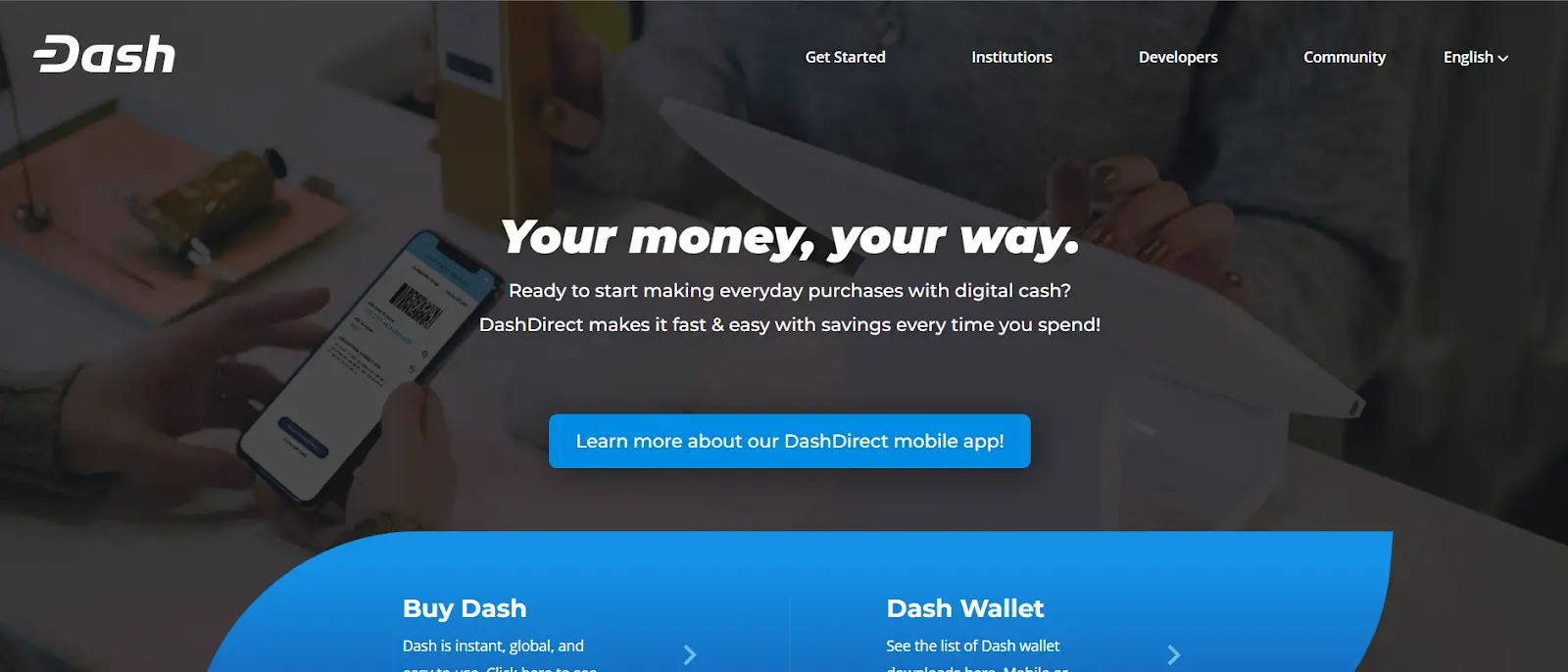
Dash is the most famous example of a membership-based decentralized autonomous organization. Dash uses masternodes—special nodes that run on dedicated hardware and require 500 DASH tokens as collateral before being activated.
This way, only those with enough funds can create one. Once activated, masternodes receive rewards for helping process transactions across their network. Masternodes also play another crucial role—they give you voting rights.
Dash is gaining popularity mostly because of its demand for anonymous payments, and capital growth on the market. It can process payments faster than many other big names, such as Bitcoin, making it a top choice for many.
There are around 10 million DASH tokens currently circulating on the market, with a total value of $623 million and growing.
#2. Aragon
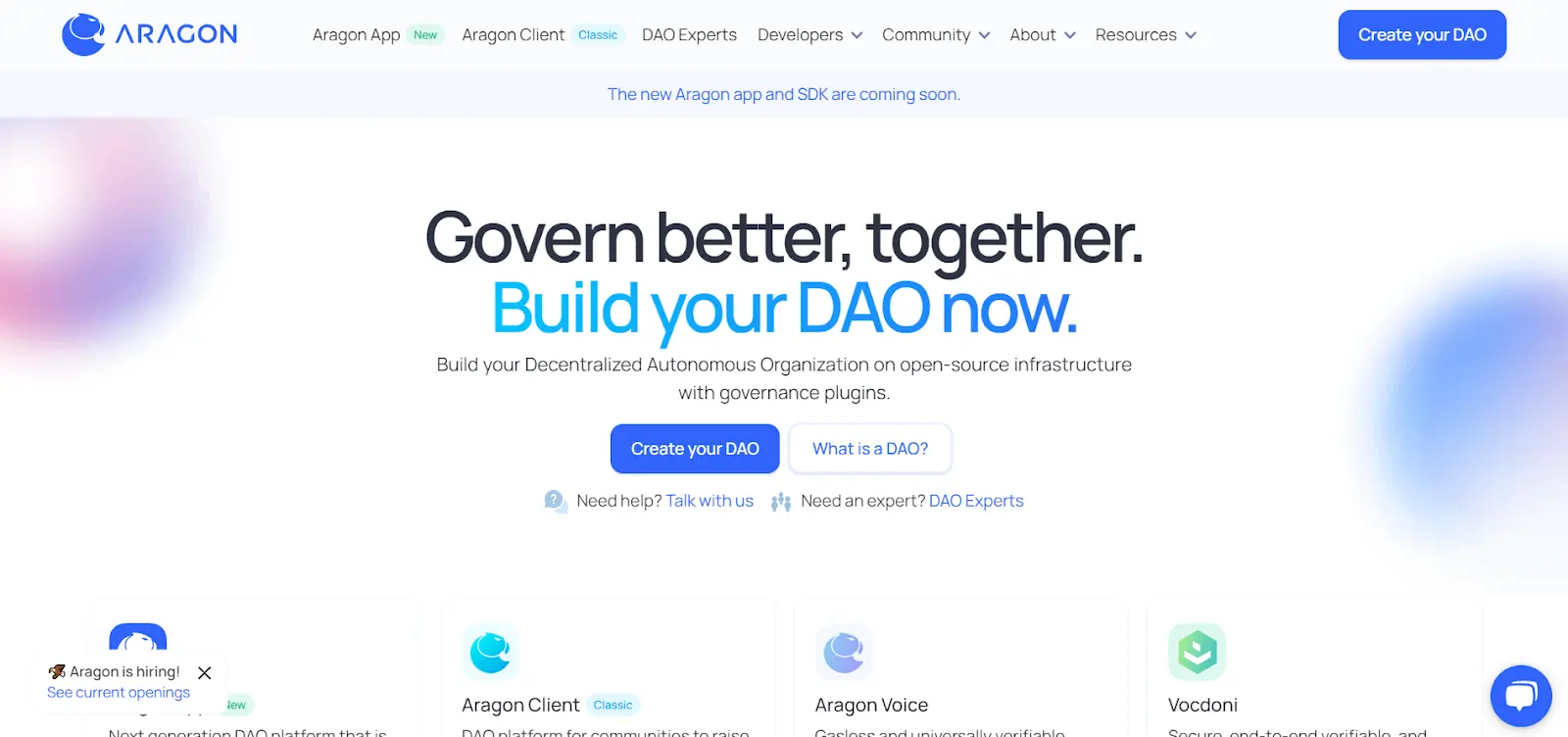
Aragon is a popular DAO that lets other platforms launch their own decentralized autonomous organizations. There are currently around 1500 decentralized DAOs in Aragon.
Aragon has its own token, ANT, which is popular among DAO users. ANT gives users the freedom to choose the direction of the project they choose to support. One of the best DAO tokens is from Aragon, enabling token holders to start or join DAOs that are built on Aragon.
What’s great about Aragon is that they have an Aragon Fundraising Project, which allows you to support similar projects. Aragon’s current market worth is around a stunning $372 million.
#3. Decred
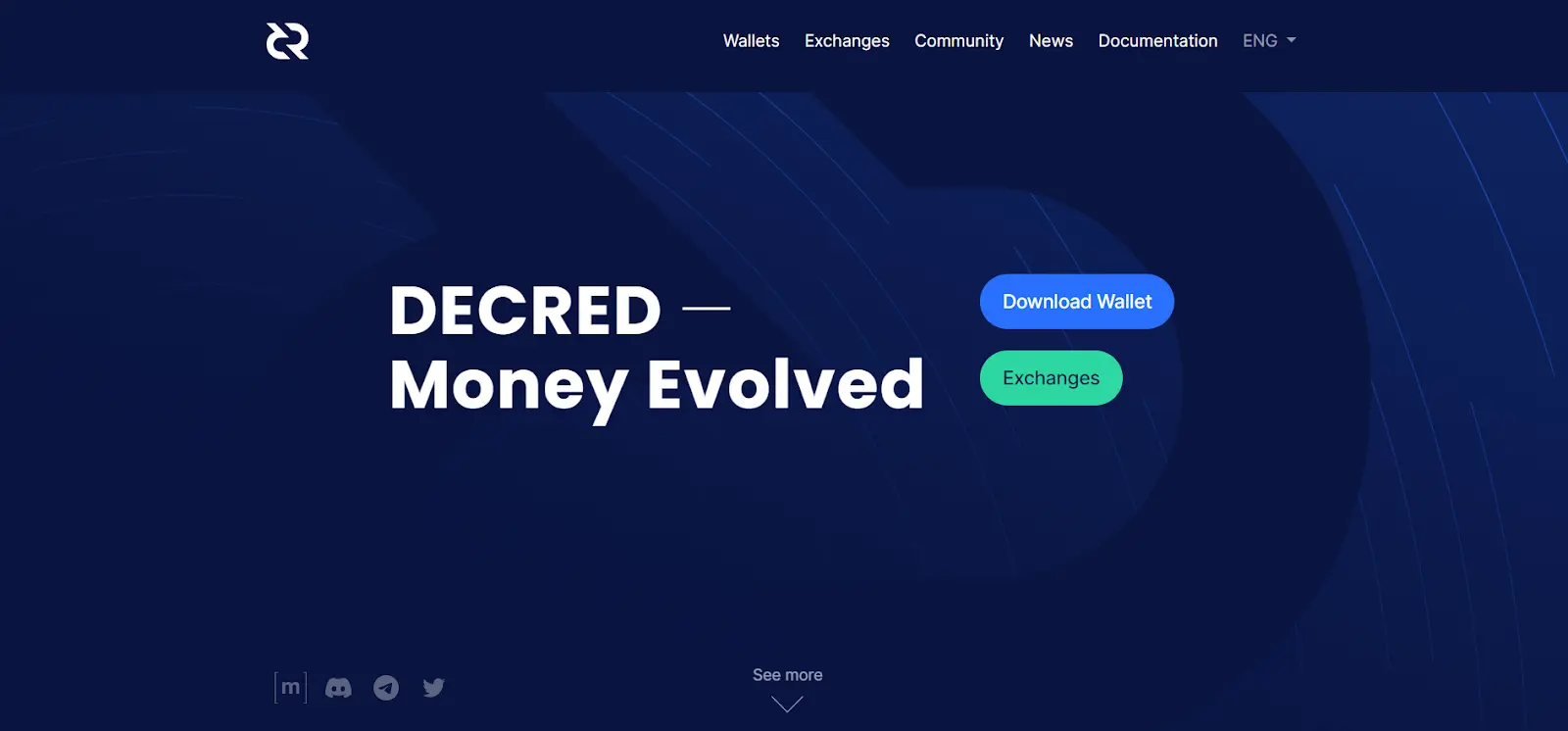
Another great site that deals with DAO projects is Decred. The platform’s native coin is DCR, and it functions as a cryptocurrency for governance. The functioning mechanism of Deced combines the proof-of-work and proof-of-stake consensus models.
Decred is a self-governing DAO, so there isn’t much room for drastic changes in the way they implement policies. It’s a very popular site among DAO users because it gives all project participants equal rights and possibilities. Decred has a market value of roughly $538 million.
#4. Uniswap
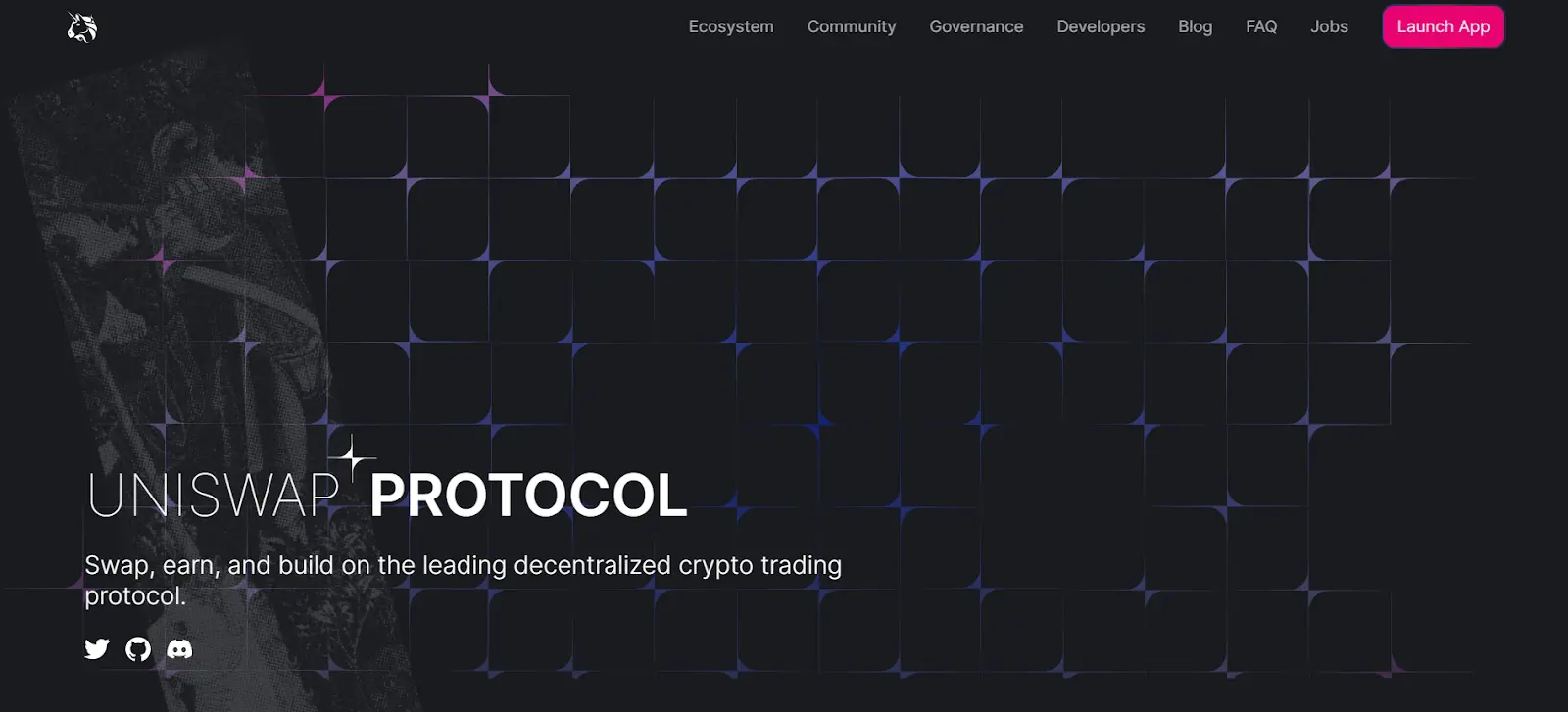
Uniswap is the largest decentralized DAO today, and has the most famous decentralized cryptocurrency exchange on a global scale. In September 2020, Uniswap presented its governance token UNI and turned it into an official DAO.
In contrast to centralized exchanges, which only have a few hundred coins, Uniswap primarily serves as one of the most active DAOs, supplying thousands of tradable crypto tokens.
Uniswap offers great benefits if you’ve been their user for a while. You can become eligible to apply for membership integration and governance rights. Because of its tight hold on the DeFI markets, Uniswap has experienced growth in both volume and membership.
With its popular token, UNI, Uniswap currently has a market value of $3.6 billion.
#5. DAO Maker
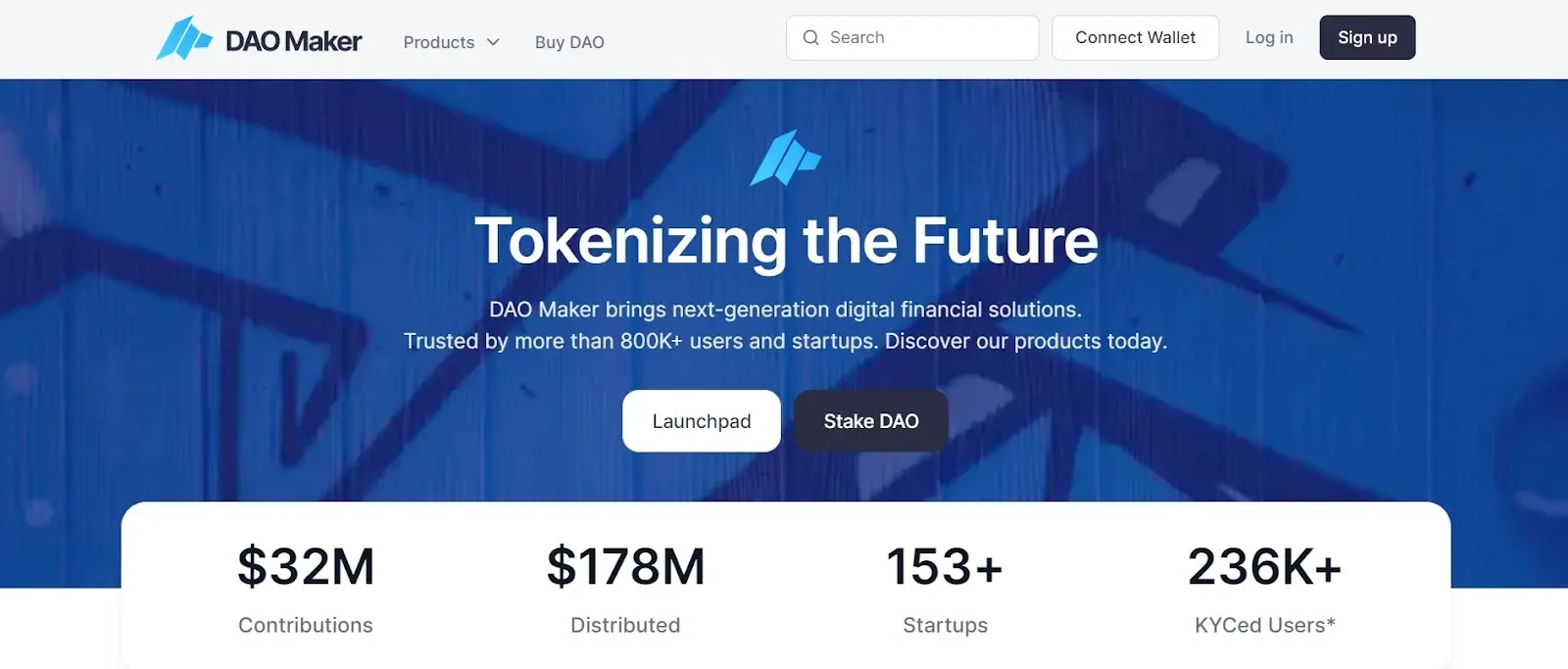
DAO Maker is persistent in becoming the one to dominate the market. It offers growth solutions for blockchain companies that use new cryptocurrencies, like Infinity Pad (IPAD), My Neighbor Alice (ALICE), and Orion Protocol (ORN).
DAO Maker is also opening up fresh crypto opportunities by making it simple to access physical assets. Since giving its members the ability to exercise governance rights, DAO Maker has branched out into new markets to trade goods such as real estate and business loans, to name a few.
DAO acts as the platform’s native cryptocurrency. The token will soon be enabled to support community governance as well. With a market cap of $116 million, the token’s current supply is around 71 million DAO.
#6. BitDAO
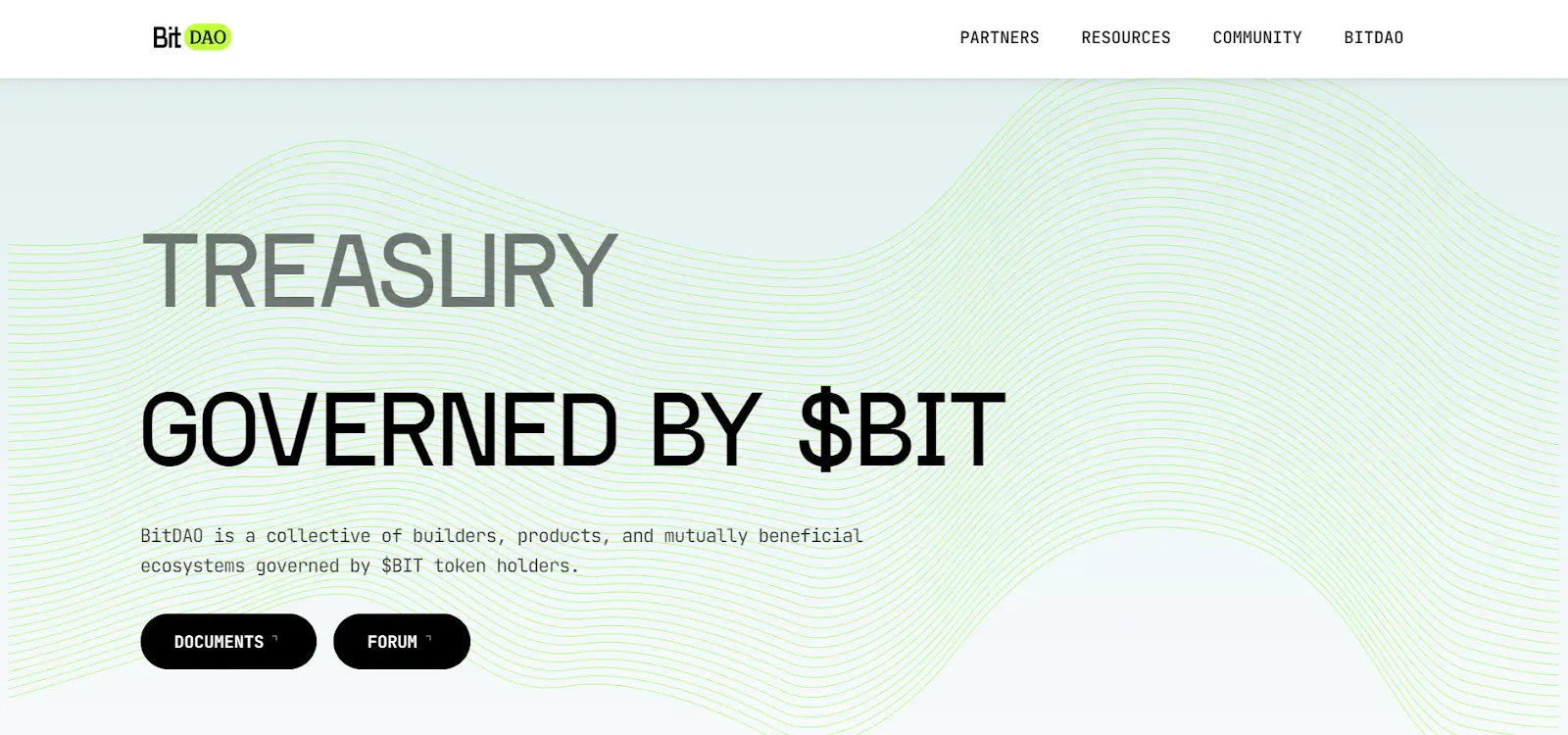
One of the biggest autonomous decentralized organizations is BitDAO. This organization is dedicated to creating an environment with a decentralized tokenized economy. The company supports many activities they see as beneficial to the industry.
BitDAO’s native token is BIT, and it serves as its governance token. BIT holders can offer a proposal and vote on any project-related decisions. All choices are made with a proper vote and community proposal confirmation.
BitDAO’s current market capitalization is around $480 million.
Key Takeaways
Decentralized autonomous organizations are a great way for companies to work more efficiently. They allow companies to run on their own without having to rely on human employees, meaning they can get things done faster and cheaper than before.
Because these organizations are decentralized, there’s no risk of corruption or fraud happening within them, like with traditional businesses. Decentralized autonomous organizations represent the future of business and governance as we know it.
With their ability to self-execute on smart contracts while owned by users around the globe, DAOs give us all an opportunity to participate in a new kind of economy where everyone matters and nobody loses out because someone else controls things behind closed doors.